Documentation Hub
Comprehensive technical manuals and guides to help you master HARSLE machines and optimize your metalworking efficiency
Why Choose Panel Bender in Food Processing Equipment Production?
Panel Bender in Food Processing Equipment plays a vital role in achieving the precision, cleanliness, and efficiency demanded by the industry. In food machinery production, even the slightest bending deviation can compromise hygiene, assembly accuracy, and product durability. To overcome these challenges, more manufacturers are adopting panel benders to enhance quality and reliability. In this article, I’ll explain how panel benders boost bending accuracy, production speed, and hygiene standards, why they outperform traditional press brakes, and how they help ensure consistent, high-efficiency manufacturing.
Advantages of Using Panel Bender in Food Processing Equipment
High Precision and Consistency
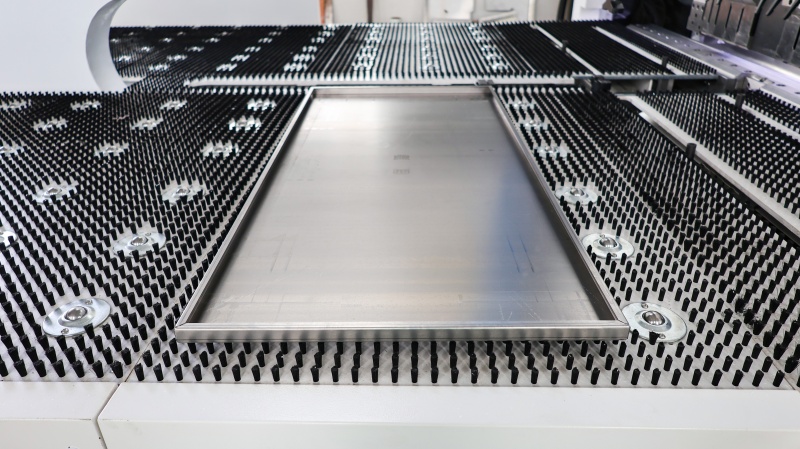
In food processing machinery, even a slight deviation in bending angle can lead to poor fit or gaps that trap bacteria. Panel benders eliminate these issues by ensuring highly accurate and repeatable bends. Equipped with servo-driven systems and automated clamping, the panel bender maintains uniform pressure along the entire bend line, guaranteeing precision for stainless steel panels used in food equipment.
Faster Production with Automated Operation
Compared to conventional press brakes, panel benders provide significantly higher productivity. Their automatic tool adjustment and flexible bending systems reduce setup time and eliminate manual alignment. This makes it easier to produce complex components, such as enclosures, trays, and conveyor covers, with minimal downtime—perfect for high-volume food processing equipment manufacturing.
Improved Hygiene Through Non-contact Bending
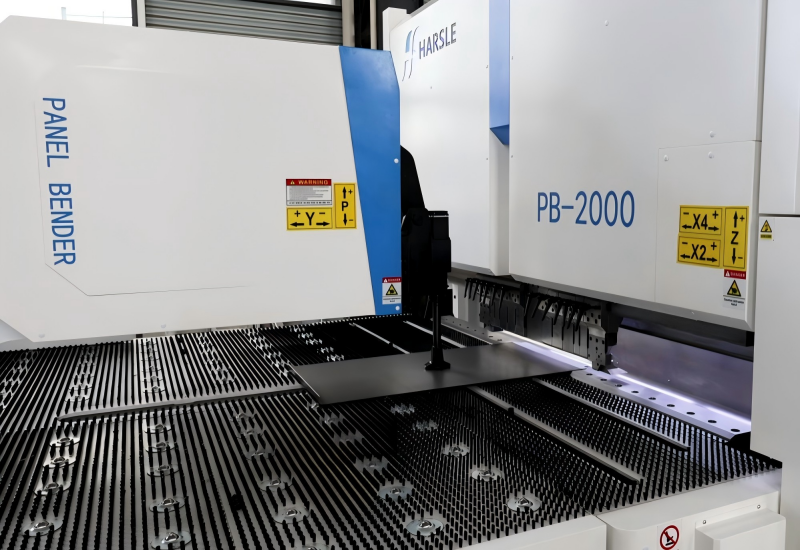
Hygiene is a top priority in the food industry. The Panel Bender in Food Processing Equipment ensures minimal surface contact between tools and workpieces. Its non-marking bending process prevents scratches or contamination, which is essential when forming stainless steel sheets for clean environments. As a result, the final components meet strict sanitary standards required by food machinery manufacturers.
Reduced Material Waste
Panel benders calculate the optimal bending sequence automatically, reducing trial runs and minimizing material waste. This is particularly useful when working with costly stainless steel or aluminum sheets commonly used in food processing systems. By improving bending accuracy, manufacturers can lower scrap rates and reduce overall production costs.
Applications of Panel Benders in Food Equipment Manufacturing
Food Processing Machinery Components
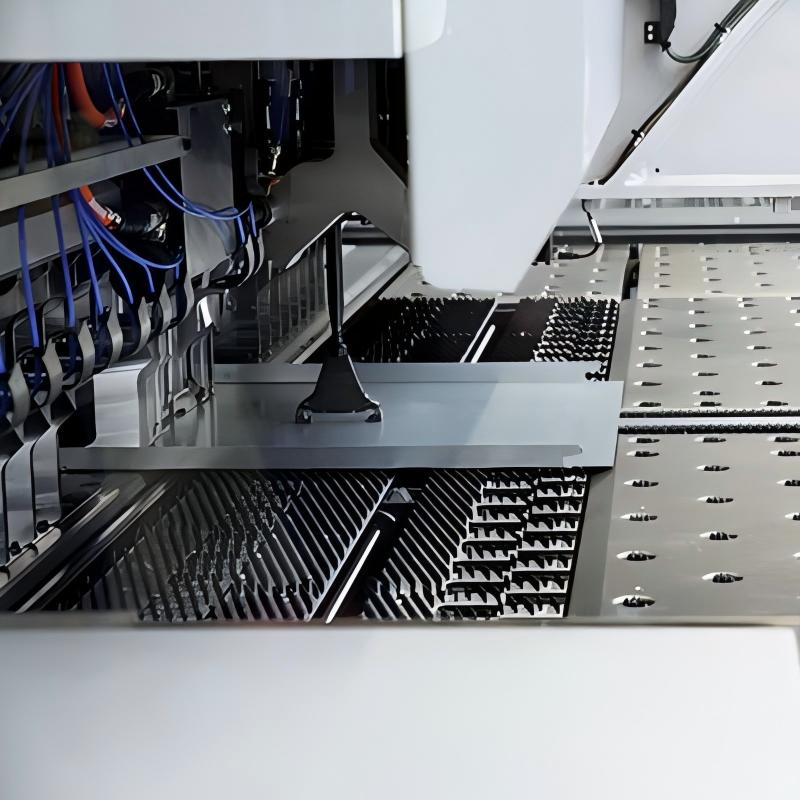
Panel benders are ideal for producing precise panels, covers, and frames for mixers, slicers, and packaging machines. Their ability to handle large panels with consistent angles ensures stable assembly and long-term durability.
Stainless Steel Cabinets and Enclosures
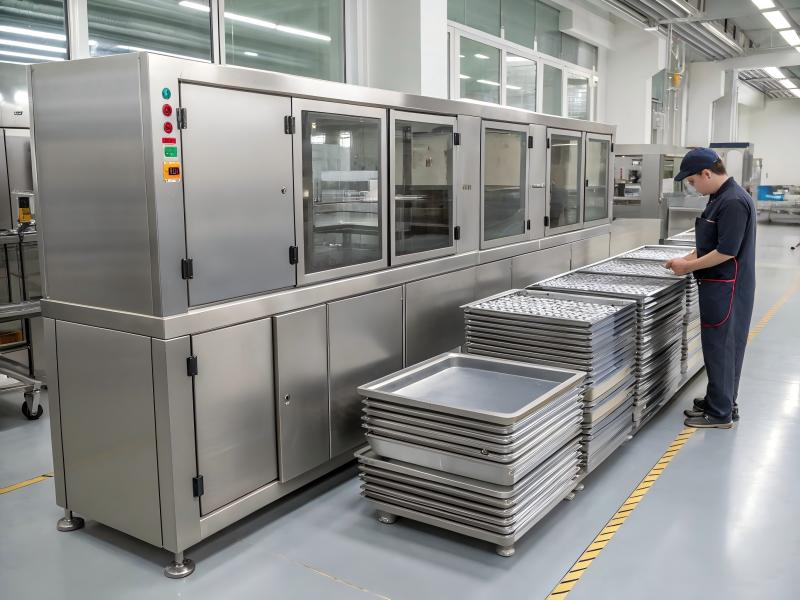
The Panel Bender in Food Processing Equipment Production excels in fabricating cabinets, control boxes, and protective housings. The clean bending edges not only enhance appearance but also improve sealing performance, which helps prevent water and dust penetration during operation.
Conveyor and Handling Systems
Food-grade conveyor systems require smooth, burr-free edges to ensure hygiene and worker safety. Panel benders form rounded, consistent bends that eliminate sharp edges, making them ideal for conveyor trays, side guards, and channel components.
How to Optimize Panel Bender Performance for Food Equipment
Regular Calibration and Maintenance
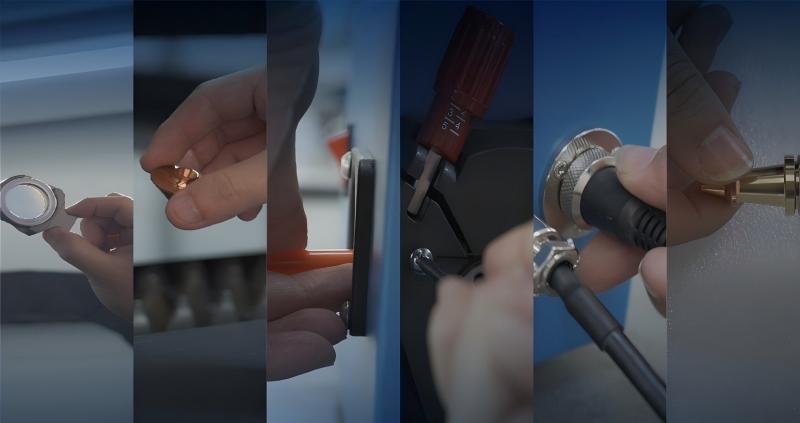
To maintain consistent bending accuracy, it’s essential to perform regular calibration of the servo axes and clamping systems. Using digital angle measurement tools can help verify bend angles and make necessary corrections before full-scale production.
Choosing the Right Tooling
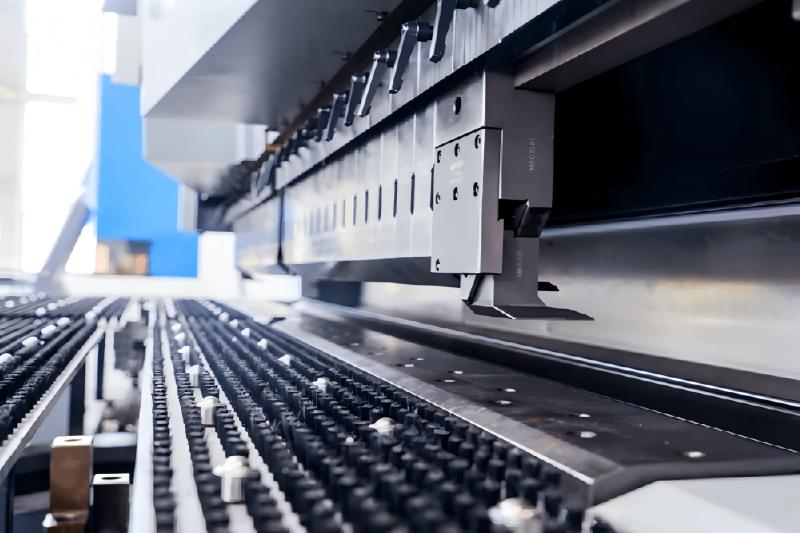
Selecting the appropriate tooling materials—especially for stainless steel—is critical. Non-marking polyurethane or coated tools are recommended to avoid surface scratches and maintain food-grade finish standards.
Integrating with Smart Manufacturing Systems
Modern panel benders can be integrated with CAD/CAM software for offline programming. This allows operators to simulate bending sequences, reduce setup time, and achieve a smoother workflow, which is especially beneficial for mass production of food equipment components.
FAQs
Why is a panel bender better than a traditional press brake for food equipment?
Panel benders provide automatic bending with uniform pressure and minimal surface contact. This ensures precision and hygiene—both essential in food processing equipment manufacturing.
Can panel benders handle all types of stainless steel used in food machinery?
Yes, modern panel benders are designed to handle various stainless steel grades, including 304 and 316L, which are widely used in food-grade applications.
How does a panel bender improve production efficiency?
By automating the bending process, panel benders reduce setup time, improve repeatability, and allow operators to manage multiple tasks simultaneously, greatly increasing throughput.
Is maintenance complicated for a panel bender?
Not at all. Routine checks, cleaning, and occasional software calibration are usually sufficient. Regular maintenance ensures consistent accuracy and long-term reliability.
Conclusion
In food processing equipment production, precision, hygiene, and speed are vital for success. The Panel Bender in Food Processing Equipment offers unmatched accuracy, surface protection, and automation that traditional press brakes simply cannot match. By incorporating panel bending technology into your fabrication process, you can achieve higher quality, lower waste, and improved production efficiency.
If you’re ready to upgrade your sheet metal forming capabilities or explore automated solutions for your food equipment manufacturing, contact HARSLE today. Our engineering team will help you select the ideal panel bender configuration tailored to your production needs













